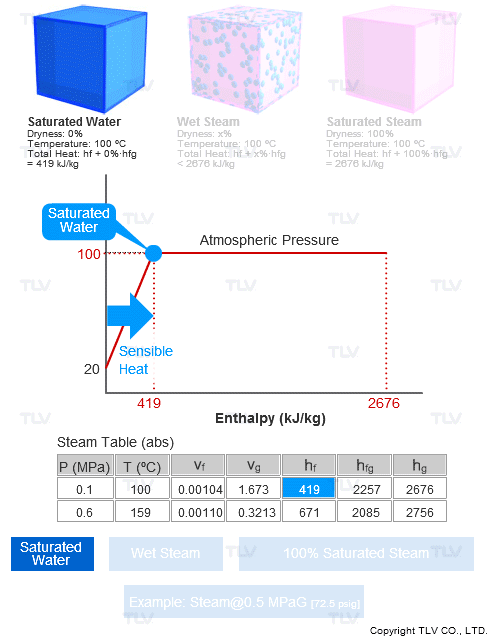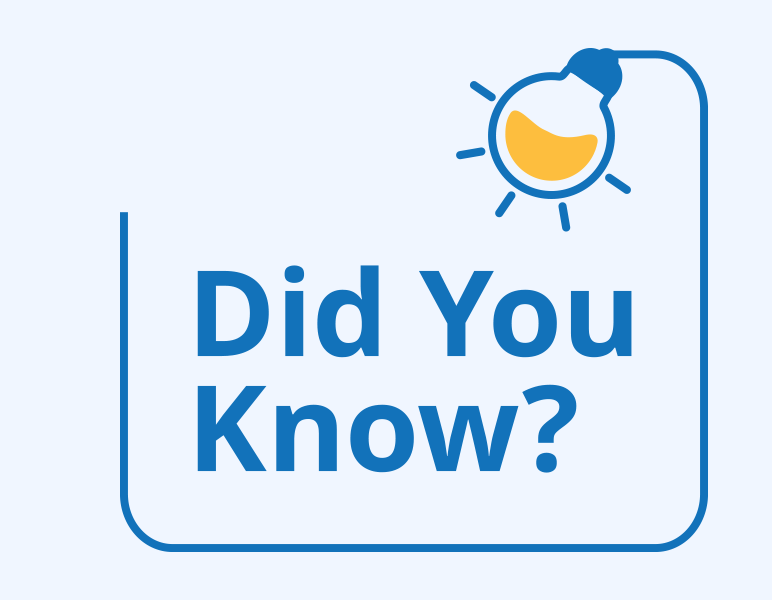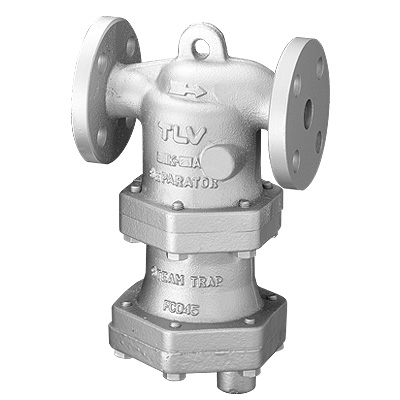Steam Bulletin
No. 75

Wet Steam vs. Dry Steam
Quantifying steam quality and its impact on heat transfer

When water is heated in a steam boiler, bubbles formed during boiling can carry fine water droplets into the steam as they rise and break the surface. Without the use of a superheater, this moisture remains in the flow, resulting in wet steam.
This means that boilers can never generate 100% saturated, dry steam.
The wetter the steam, the lower its specific enthalpy, which means reduced heat transfer efficiency, longer processing times and possible product defects.
So, how dry is your steam, and how well does it heat your product? To quantify the amount of water entrained within steam, use the “steam dryness fraction.” Read on to learn how to use the steam dryness fraction to calculate the total heat content of wet steam:
Combat wet steam with
TLV’s Cyclone Separator
Remove nearly all water droplets entrained in steam to improve heat quality and prevent issues like low efficiency, product defects, and equipment erosion. The DC Cyclone Separators can be installed on steam lines and at the inlet side of equipment.

- Specific enthalpy of saturated water is the energy required to heat water from 0°C to its boiling point.
- Specific enthalpy of saturated steam is the total energy required to generate steam from water at 0°C.
Product availability and delivery times vary by region.
Contact your local TLV representative for details.
Steam Bulletin is TLV's free monthly email magazine on steam systems, energy efficiency, product selection, and more. We hope you have enjoyed this issue.
If you need assistance with your steam system, TLV can help. Contact our steam specialist staff to apply for a plant survey and/or consultation session.
Finally, make sure to follow TLV on LinkedIn or Facebook for more regular news and updates, and our YouTube channel for video content.
Best regards,
TLV
